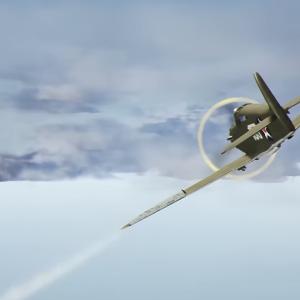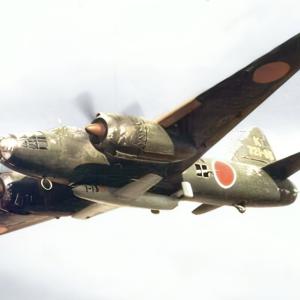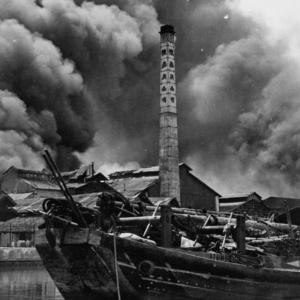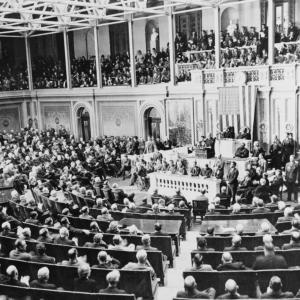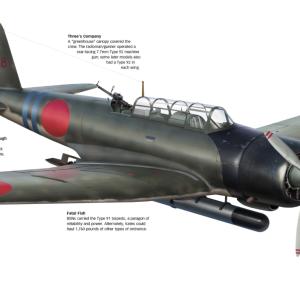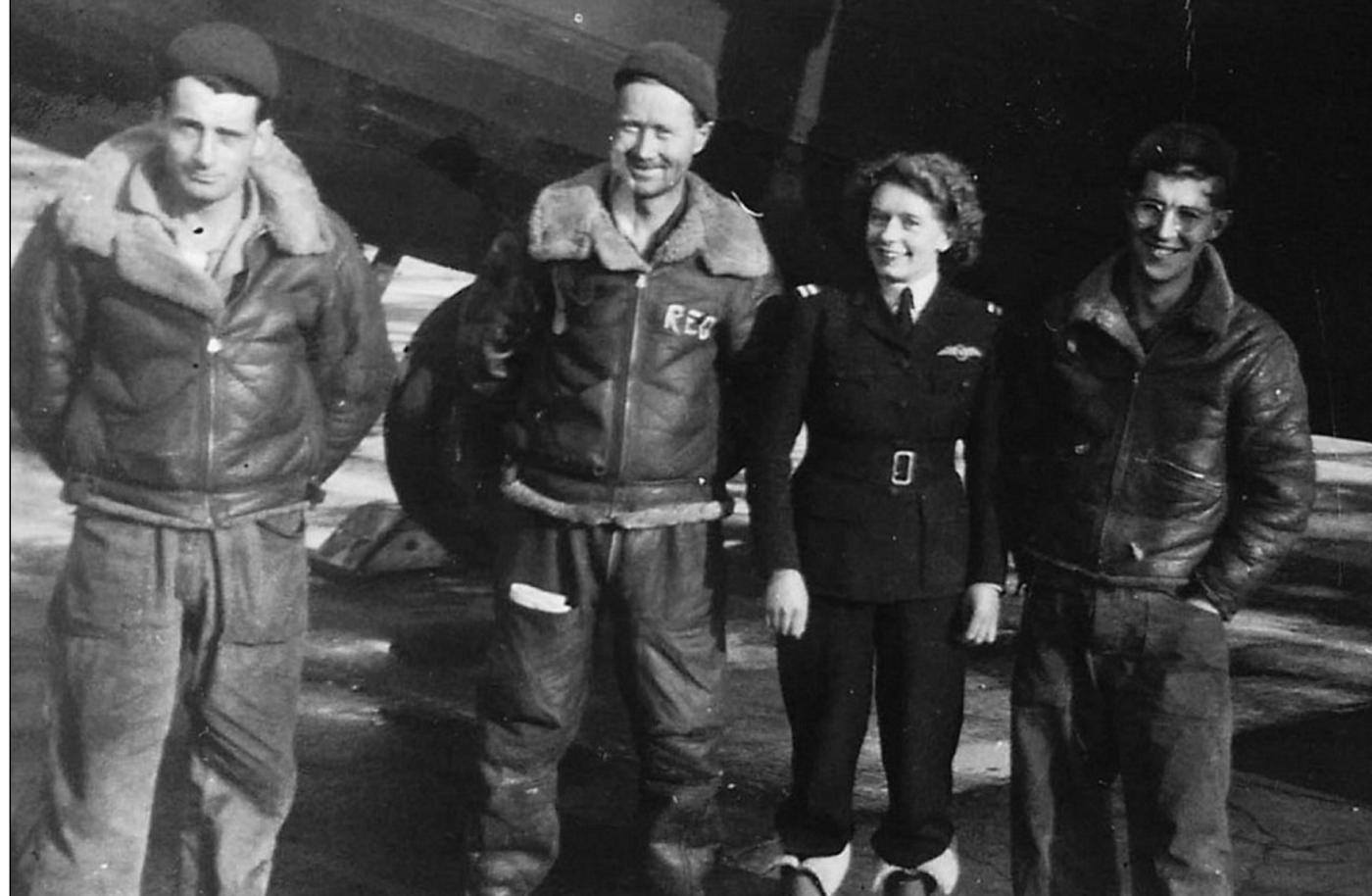
Mary Ellis WW2 pilot
Mary Ellis, born Mary Wilkins in 1917 in Oxfordshire, England, grew up on a farm, surrounded by open skies that would later call her to the world of aviation. From a young age, Mary displayed an adventurous spirit and a fascination with flight. As a child, she attended air shows with her father and watched the small aircraft maneuver in the air with awe. These early experiences planted the seed for a lifelong passion.
At just 11 years old, Mary had her first flight in a small biplane—a ride that would set the course for the rest of her life. Unlike many young women of the time, who were expected to follow more traditional paths, Mary set her sights on becoming a pilot. She joined the Oxford Aero Club and trained to fly light aircraft, earning her pilot's license before the outbreak of World War II.
When World War II broke out, Mary sought ways to contribute to the war effort. In 1941, she heard an announcement calling for women pilots to join the Air Transport Auxiliary (ATA)—a civilian organization tasked with ferrying military aircraft from factories to airbases and repair units across Britain. Despite skepticism about women handling combat aircraft, Mary was determined and qualified.
She joined the ATA and quickly proved herself. The ATA played a crucial but often overlooked role in the war. Pilots were responsible for delivering a variety of aircraft to the Royal Air Force, sometimes flying up to four different plane models in a single day. What made this job even more impressive was that ATA pilots were not trained in combat; they often flew without radios, relying solely on compasses, stopwatches, and paper maps for navigation. The aircraft were sometimes only lightly tested and had to be flown in all kinds of weather conditions.
Mary thrived under these challenges. She had a keen understanding of aircraft mechanics and an unshakable calm under pressure. Over the course of the war, she flew around 1,000 aircraft, including 403 Spitfires—arguably the most iconic fighter plane of WWII.
Flying the Spitfire was both a privilege and a risk. The plane, known for its agility and speed, was loved by pilots but required skill and focus. Mary described the experience of flying it as pure joy—likening it to “driving a racing car.” She often had no co-pilot, no radio communication, and no weapons. Her task was simply to get the plane from point A to point B, often through dangerous skies where enemy aircraft or friendly fire posed a threat.
On several occasions, Mary narrowly avoided disaster. There were times when she was mistaken for an enemy aircraft, and anti-aircraft guns fired at her. On other occasions, the aircraft she was ferrying had hidden mechanical issues, and she had to rely on instinct and quick thinking to land safely.
Despite these dangers, Mary continued to fly with confidence and pride. She was one of a small group of women—fewer than 170—who served as pilots in the ATA, showing that women were just as capable in the skies as men.
After the war, Mary didn’t leave aviation behind. Instead, she took over the management of Sandown Airport on the Isle of Wight in 1950, running it successfully for 20 years. Her love of flying continued throughout her life. In 1961, she married fellow pilot Don Ellis, and the two shared a home by the runway, where aircraft would pass just feet from their garden.
Mary lived to be 101 years old, passing away in 2018. Up until her final years, she remained an active voice in keeping the stories of WWII pilots alive, often speaking at events and sharing her experiences. She became a symbol of courage, determination, and trailblazing spirit—not just for women in aviation, but for all who face challenges with resilience.
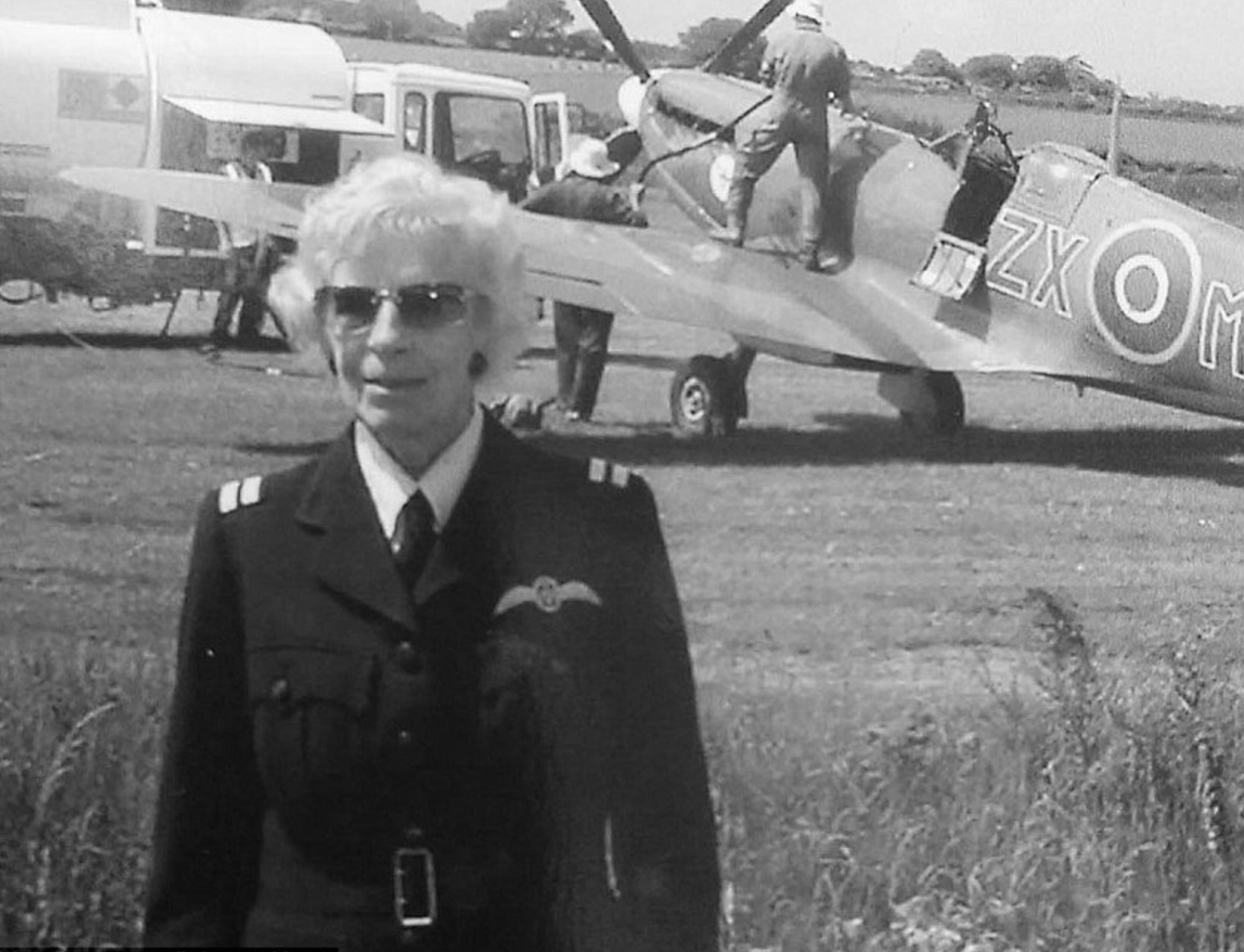
Her legacy lives on in the stories she told, the aircraft she flew, and the barriers she helped break. Mary Ellis wasn’t just a pilot; she was a pioneer who proved that gender was no limit in the skies.
There were around 166 female RAF pilots from Britain, Canada, USA, Australia, New Zealand, South Africa, Poland and the Netherlands all bravely taking to the skies for the war effort.

